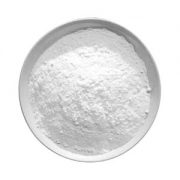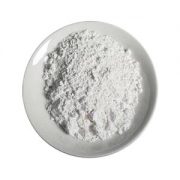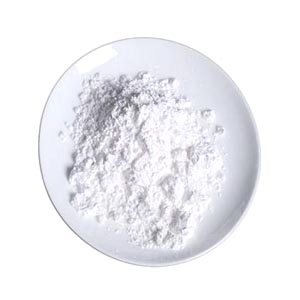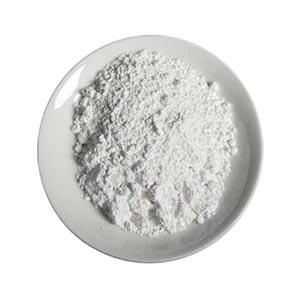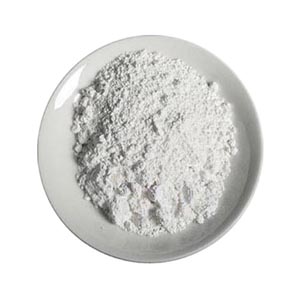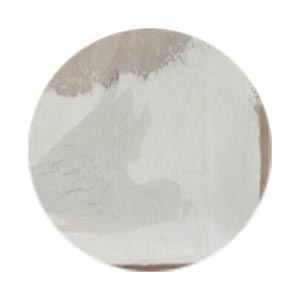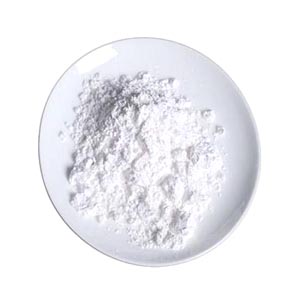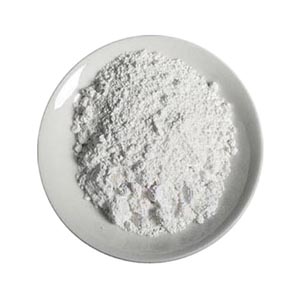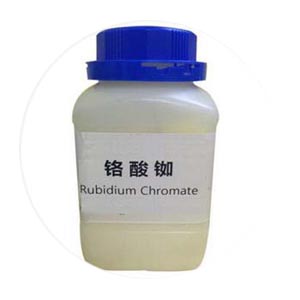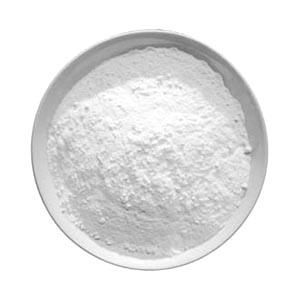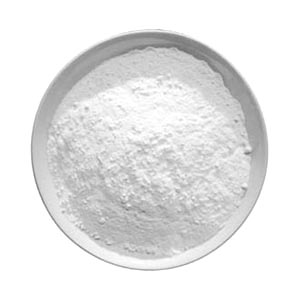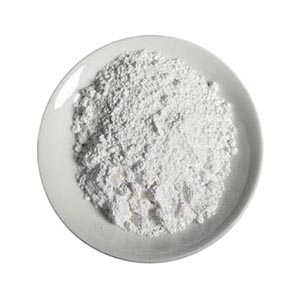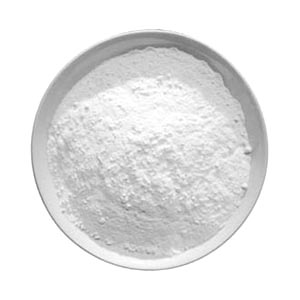
Lithium aluminum hydride
Purity: ≥97%
Appearance: white or off-white crystalline powder;
Properties: stable in dry air, hydrolytic in humid air and cause combustion. Can be dissolved in ether, tetrahydrofuran and other organic solvents. Aldehydes, ketones, acids, anhydrides, esters, quinones, acyl chloride can be reduced to alcohols, nitriles to primary amines, halogenated hydrocarbons to hydrocarbons. But you can’t usually hydrogenate the carbon-carbon double bond.
- 描述
- Inquiry
CAS no. : 16853-85-3
EINECS no. : 240-877-9
Molecular formula: AlH4Li
Molecular weight: 37.9543
Melting point: 125 ℃
Solubility: insoluble in hydrocarbons, soluble in ether
Density: relative density (water =1)0.92
Stability: stability
Uses: in medicine, spices, pesticides, dyes and other fine organic synthesis as a reducing agent.
Health hazard: this product has strong irritation to mucous membrane, upper respiratory tract, eyes and skin. After inhalation, death may result from spasm of the larynx and bronchus, inflammation, edema, chemical pneumonia, or pulmonary edema. Exposure can cause burning sensation, cough, wheezing, laryngitis, shortness of breath, headache, nausea and vomiting.
Toxicological data and environmental behavior.
Dangerous characteristics: lithium hydride and aluminum metal are decomposed when heated to 125℃, and hydrogen is released. It burns when ground in air. Heat or contact with moisture, water, alcohol, acid, that is, exothermic reaction and release of hydrogen and combustion or explosion. Explodes on contact with a strong oxidizer.
相关产品
-
Cesium iodide
Other name: caesium iodide
CAS no. : 7789-17-5
EINECS no. : 232-145-2
Molecular formula: CsI
Molecular weight: 259.8099
Melting point: 626 ℃
Boiling point: 127 ° C at 760 mmHg
Solubility in water: 74 g / 100 mL (20 ℃)
Vapor pressure: 13.8 mmHg at 25 ° C
-
Rubidium hydroxide
CAS no. : 1310-82-3
EINECS no. : 215-186-0
Molecular formula: HORb
Molecular weight: 102.4751
Boiling point: 100 °C at 760 mmHg
Solubility in water, soluble
Vapor pressure: 24.5 mmHg at 25 °C
-
Cesium Stearate
Linear molecular: CH3(CH2)16COOCs
Molecular weight: 416.38
-
Potassium Silicate Titanate
Name: Potassium Silicate Titanate
Other name: Fused Potassium Silico-Titanate
-
Caesium fluoride
Other name: Cesium fluoride
CAS no. : 13400-13-0
EINECS no. : 236-487-3
Molecular formula: CsF
Molecular weight: 151.9039
Melting point: 682℃
Boiling point: 19.5 ° C at 760 mmHg
Solubility in water: 369 g / 100 mL (18℃)
The vapor pressure, 922 MMHG at 25°C
-
Sodium hexafluoroantimonate
Other name: Sodium hexafluoroantimonate(V); ; 1,4-dibromo-2-chloro-1,1-difluorobutane; sodium antimony hexafluoride; sodium hexafluoroantimonate(1-)
CAS Number: 16925-25-0
EINECS number: 240-989-8
Molecular formula: F6NaSb
Molecular weight: 258.7402
-
Rubidium chromate
Other name: dirubidium dioxido(dioxo)chromium
CAS Number: 13446-72-5
EINECS number: 236-601-1
Molecular formula: CrO4Rb2
Molecular Weight: 286.9293
Density: 3.518
Appearance: Yellow crystal powder
Chemical properties: Soluble in water, its aqueous solution is alkaline.
-
Lithium Iso Propoxide
Other name: Lithium isopropoxide; lithium propan-2-olate
CAS no. : 2388-10-5
Formula: C3H7LiO
Molecular weight: 66.0281
Boiling point: 73 ° C at 760 mmHg
Flash: 11.7 ° C
Vapor pressure: 81.3 mmHg at 25 ° C
Properties: water absorption decomposition, soluble in alcohol, benzene, tetrahydrofuran and other organic solvents.
-
Aluminum lithium tetrachloride
Other name: Lithium Aluminum Tetrachloride; Lithium tetrachloroaluminate; lithium tetrachloroaluminum; Lithium chloroaluminate (6CI); Aluminum lithium chloride (AlLiCl4)
CAS no. : 14024-11-4
EINECS no. : 237-850-9
Formula: LiAlCl4
Molecular weight: 175.7345
Chemical properties: Water or moisture absorption decomposition
Appearance: White or off-white powder
-
Sodium pyroantimonate
CAS no. : 12507-68-5
Molecular formula: NaSb(OH)6
Molecular weight: 246.787

